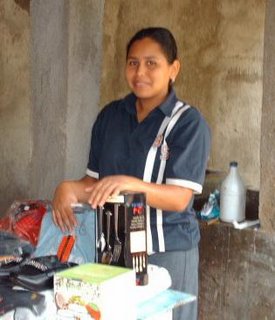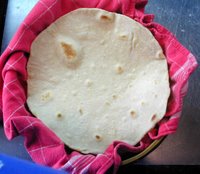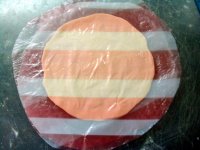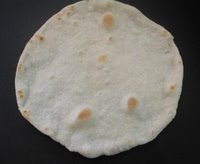You know how when you read someone's blog for a while, you feel like you really know the person? Almost like they are a friend or neighbor? You feel like you could sit down and have a cup of coffee or go out for a glass of wine and feel totally comfortable with them. Well, it's true − it can happen. It happened to me with Bound for Ceiba.
In case you don't know her blog The Southern Leap, Bound for Ceiba is investigating making a move to La Ceiba to open a tourist-related business here. It hasn't been easy for her. Just getting a straight answer about how to apply for residency and what is required to open a business has been very frustrating. Not just for her − I've heard this from several people who are considering moving to Honduras.
On her previous short visit last month, we met for coffee and ended up talking for hours. She was just the way I expected her to be and I enjoyed the visit so much. Now she's back for a more extended visit, checking out properties and so forth.
On Sunday, El Jefe, she, and I drove around town some to see different areas and to check out some possible short-term apartments for her. It was a good day to do it, too, because it was easy to tell the areas that flood.
After that, we went out to dinner (separate article − finally a good restaurant in La Ceiba!!!!), and we all had just the greatest time. She is just as nice and smart and friendly and generous as she seems in her blog. And to top off a perfect evening, she gave me a gift of chocolate chips, a gardening book, and some key lime seeds (which I'm going to do my very best to get germinated). Wow! I couldn't think of a more perfect present so I guess she knows me pretty well, too.
How about you? Do you feel like you really know the blogger after reading the blog for awhile?
In case you don't know her blog The Southern Leap, Bound for Ceiba is investigating making a move to La Ceiba to open a tourist-related business here. It hasn't been easy for her. Just getting a straight answer about how to apply for residency and what is required to open a business has been very frustrating. Not just for her − I've heard this from several people who are considering moving to Honduras.
On her previous short visit last month, we met for coffee and ended up talking for hours. She was just the way I expected her to be and I enjoyed the visit so much. Now she's back for a more extended visit, checking out properties and so forth.
On Sunday, El Jefe, she, and I drove around town some to see different areas and to check out some possible short-term apartments for her. It was a good day to do it, too, because it was easy to tell the areas that flood.
After that, we went out to dinner (separate article − finally a good restaurant in La Ceiba!!!!), and we all had just the greatest time. She is just as nice and smart and friendly and generous as she seems in her blog. And to top off a perfect evening, she gave me a gift of chocolate chips, a gardening book, and some key lime seeds (which I'm going to do my very best to get germinated). Wow! I couldn't think of a more perfect present so I guess she knows me pretty well, too.
How about you? Do you feel like you really know the blogger after reading the blog for awhile?
























































 Welcome to my Blogicito —
Welcome to my Blogicito — 








